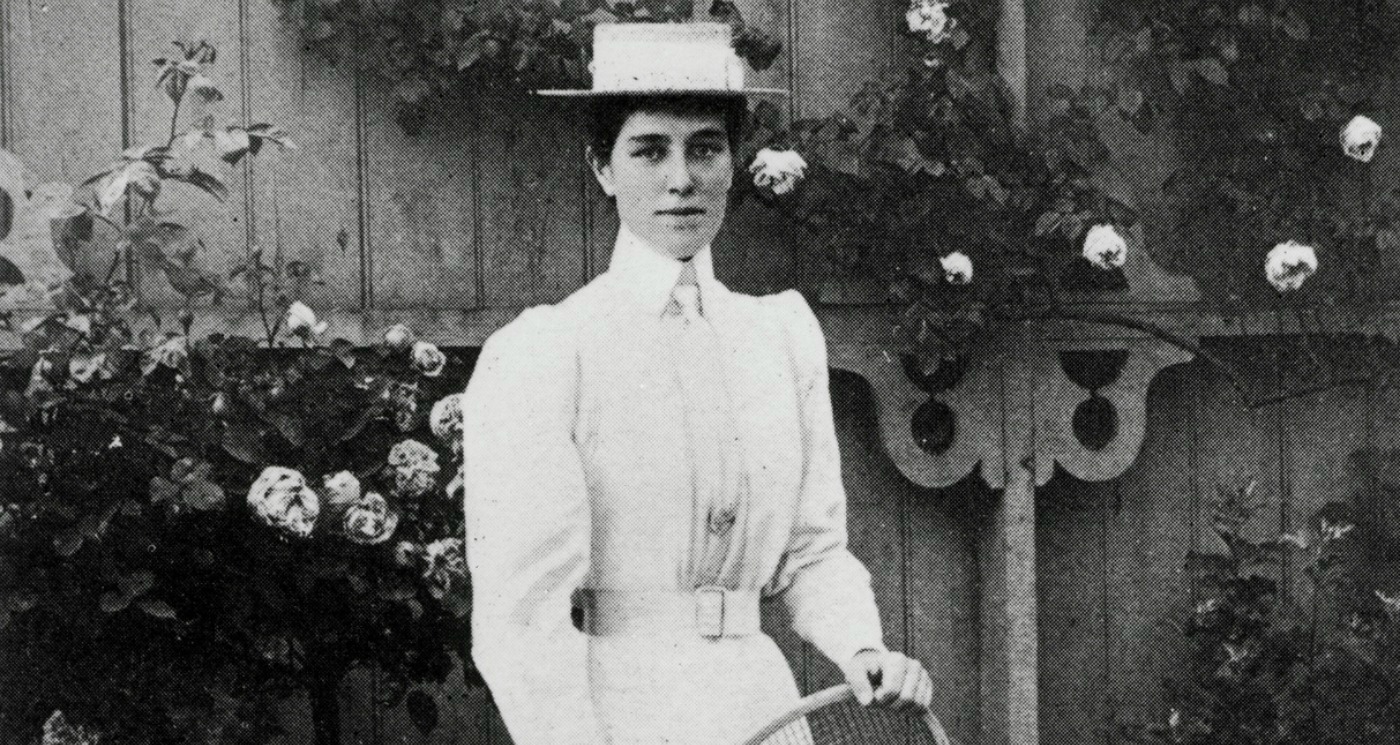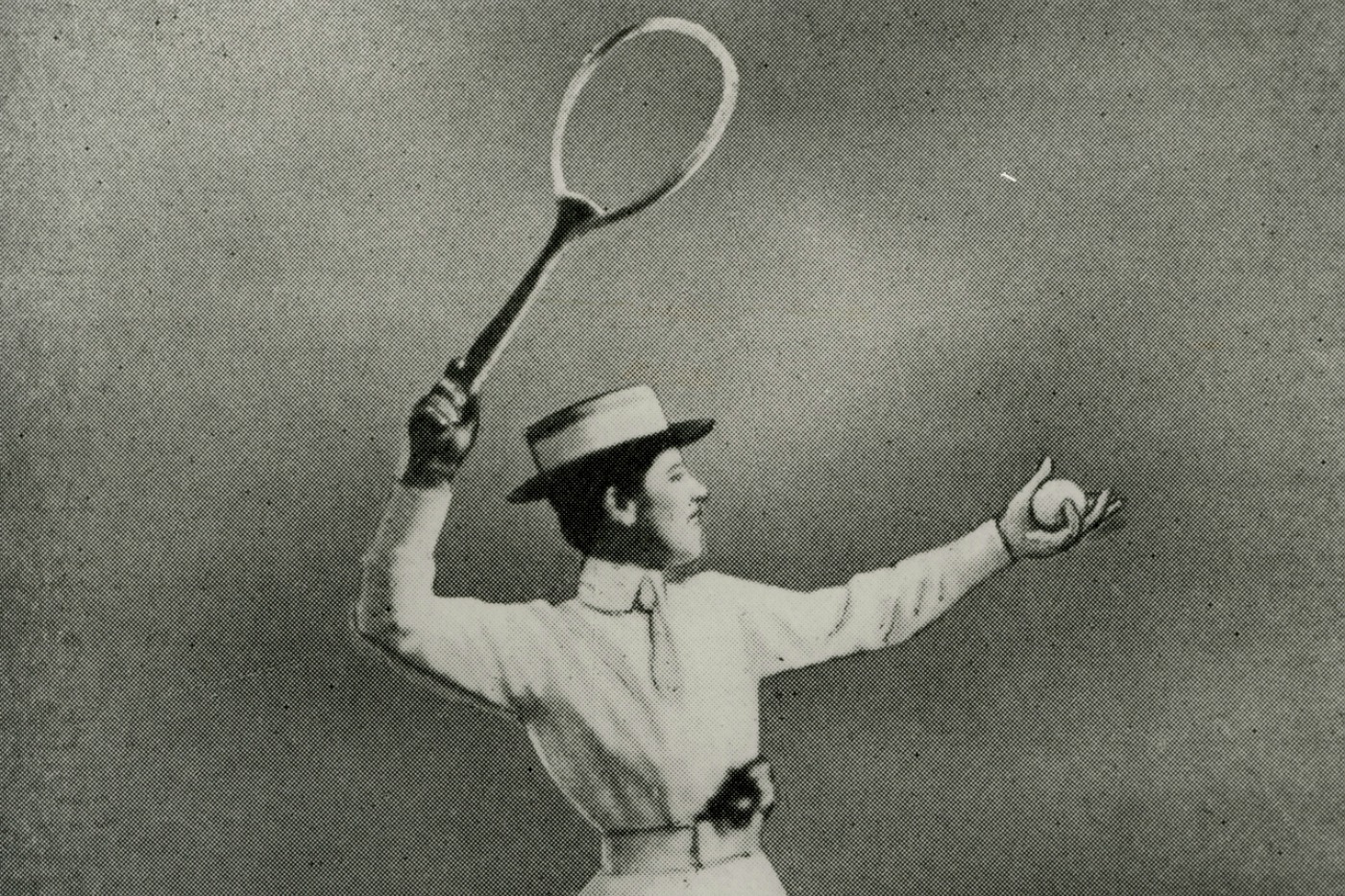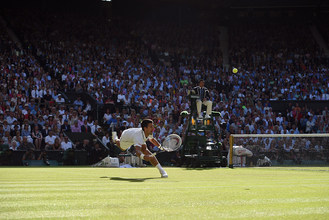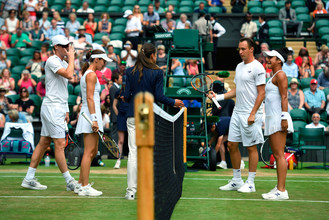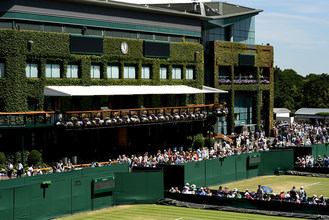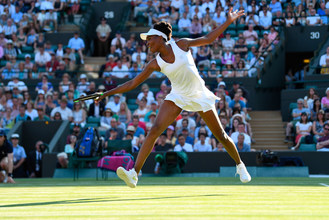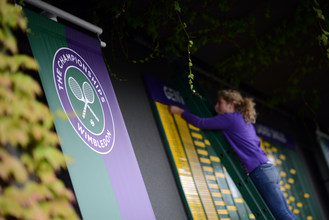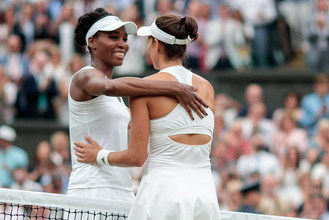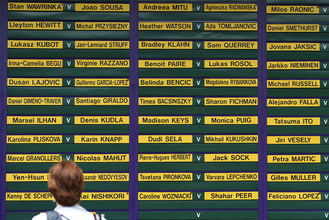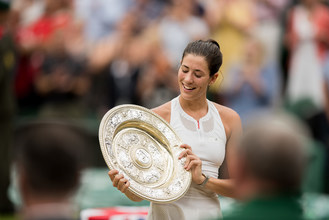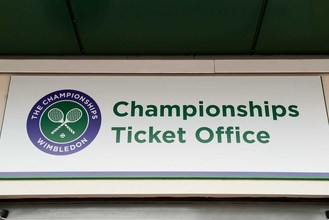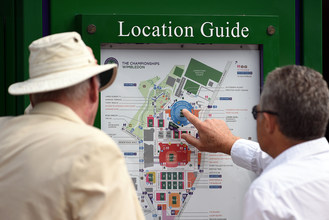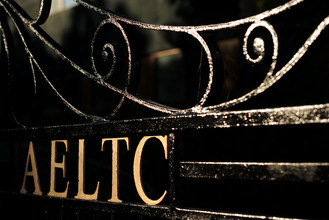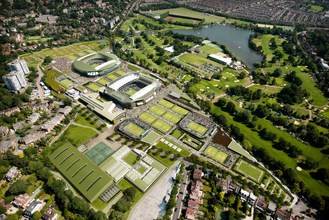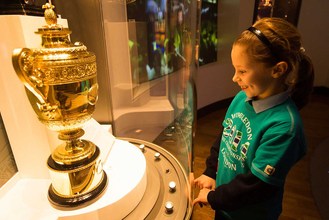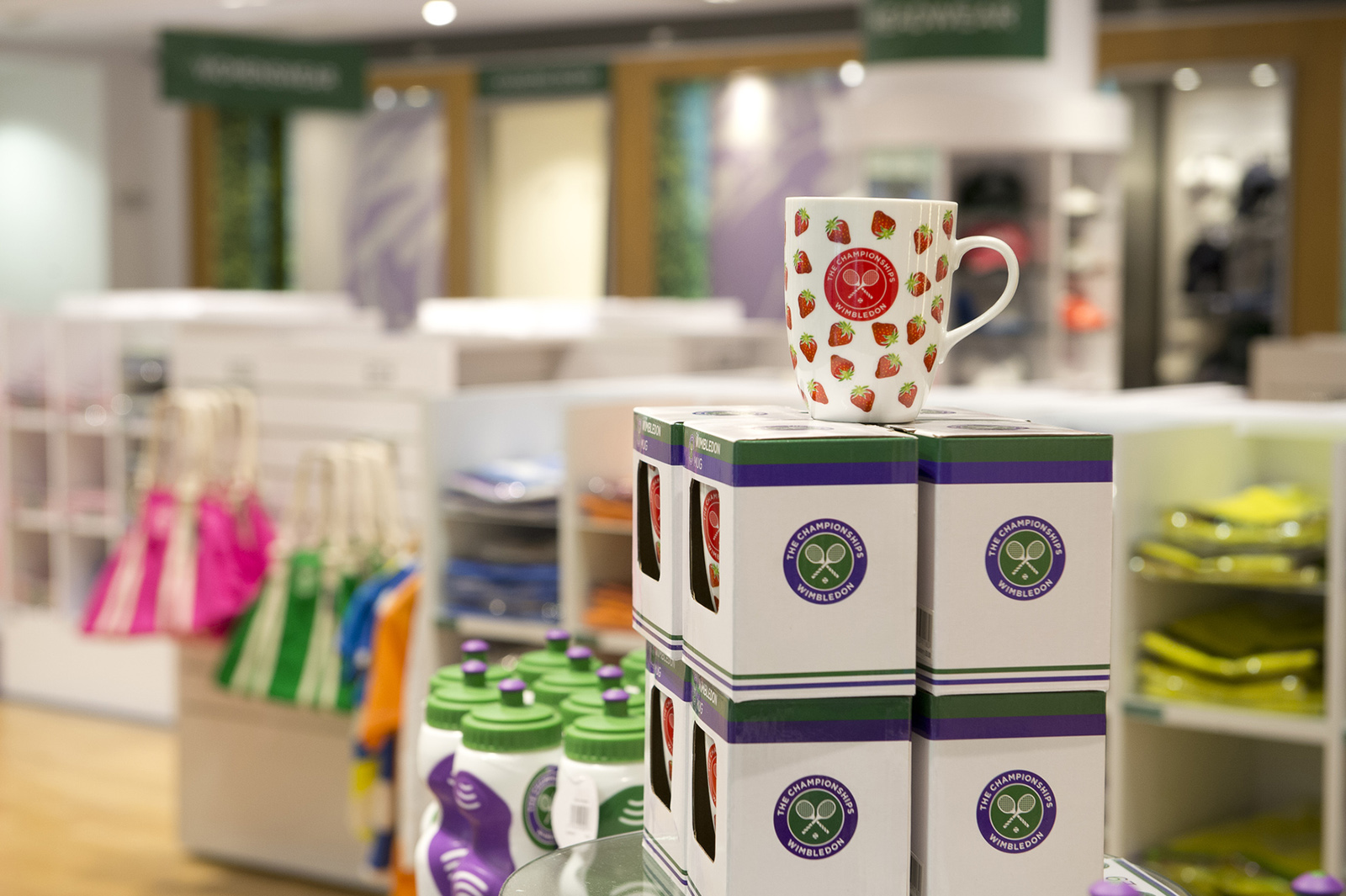Muriel Robb, who died 110 years ago this weekend, has a number of claims to fame in the history of The Championships. The winner of the Ladies’ Singles in 1902 is the only singles champion to have been born in the north-east of England, was one of the first women to serve overarm, and died at an earlier age (28) than any other Wimbledon singles champion.
However, perhaps the most remarkable aspect of Robb’s all too brief career was the fact that she played more games in her final than any other woman in history. The record books show that Robb beat Charlotte Sterry 7-5, 6-1, but most omit to mention that the two women had already played two sets the previous day.
Sterry, aged 31, had won the opening set 6-4 before 24-year-old Robb levelled the match by taking the second 13-11, only for rain to force play to be abandoned for the day. For the only time in the history of The Championships, the Wimbledon committee decided that when the finalists returned the following day they should restart the match from scratch.
By the time they finished, Robb and Sterry had contested a total of 53 games, which is more than any other ladies’ singles finalists at The Championships have had to play.
Robb’s victory ended eight years of domination by two of the finest Wimbledon champions of the time. Sterry (nee Cooper), who played in eight successive finals between 1895 and 1902, took the title in 1895, 1896, 1898 and 1901 and would go on to triumph again in 1908. Sterry’s greatest rival through those years was Blanche Hillyard (nee Bingley), who won the title six times between 1886 and 1900.
If the Robb-Sterry final is discounted, the longest Ladies’ Singles final in terms of games played was Margaret Court’s 14-12, 11-9 victory over Billie Jean King in 1970. The most games ever played in any Ladies’ Singles match at The Championships was Chanda Rubin’s 7-6(4), 6-7(5), 17-15 victory over Patricia Hy-Boulais in in 1995. Their second-round encounter featured 58 games and took three hours and 45 minutes to complete.
An only child, Muriel Evelyn Robb was born in Jesmond, Newcastle in 1878. She was taught to play tennis by her parents on a court in the grounds of the family home. She also played at Jesmond Lawn Tennis Club, which had been founded in 1883 by members of the local Wesleyan Methodist Church.
However, it was while attending Cheltenham Ladies’ College between 1893 and 1897 that Robb developed into a player of considerable talent.
Tall and powerful, she had a particularly strong forehand, which compensated for a comparatively weak backhand, and was one of the first women to serve overarm. She was not the best volleyer, preferring to rally from the baseline, but had a very good big-match temperament. She was also a fine doubles player.
Anne Induni, Robb’s second cousin, who has researched her family’s history, said: “Muriel was clearly a strong character and was very determined with her tennis. She played in a number of tournaments, some of them overseas, particularly in Portugal.”
In 1899 Robb claimed her first major trophy when she won the Welsh national championships. Two years later she added the Irish and Scottish titles.
However, Robb’s early efforts at The Championships brought only moderate success. She made her debut in 1899 and had a tricky opening match against Maude Garfit, who had reached the final of the Midland Counties Championships at Edgbaston the previous summer before losing to Hillyard. Robb won 6-3, 2-6, 6-4 but then went down 1-6, 7-5, 3-6 to Ireland’s Ruth Durlacher.
Robb’s next two appearances at The Championships both began promisingly before ending in quarter-final defeats to Cooper Sterry. She lost 3-6, 7-9 in 1900 before suffering a crushing 0-6, 0-6 defeat the following year.
Twelve months later Robb again faced difficult matches in the early rounds but battled through them to earn a semi-final against Dorothea Douglass, who would go on to win the title seven times between 1903 and 1914. Robb won 6-4, 2-6, 9-7 to secure a place in the All-Comers’ Final for the first time, whereupon a 6-2, 6-4 victory over Agatha Morton earned her a chance to take on the defending champion, Sterry, in the Challenge Round.
The title-winning triumph over Sterry was the last match Robb played at The Championships. Indeed because of ill health she played only one more tournament. She died of cancer at the age of 28 on 12th February 1907, less than five years after her finest moment on a tennis court. She passed away at her family home, which was just a few yards’ walk from Jesmond Lawn Tennis Club. It was reported that there were so many wreaths at her funeral that they had to be transported by two lorries.
“She was quite a phenomenon in that part of the world,” Mrs Induni said. “For a young woman from a family like hers to achieve such success through her athletic prowess was a great achievement.”
Robb is buried in Jesmond Old Cemetery. In 2011 the Lord Mayor of Newcastle unveiled a plaque in her memory at Jesmond Lawn Tennis Club.



